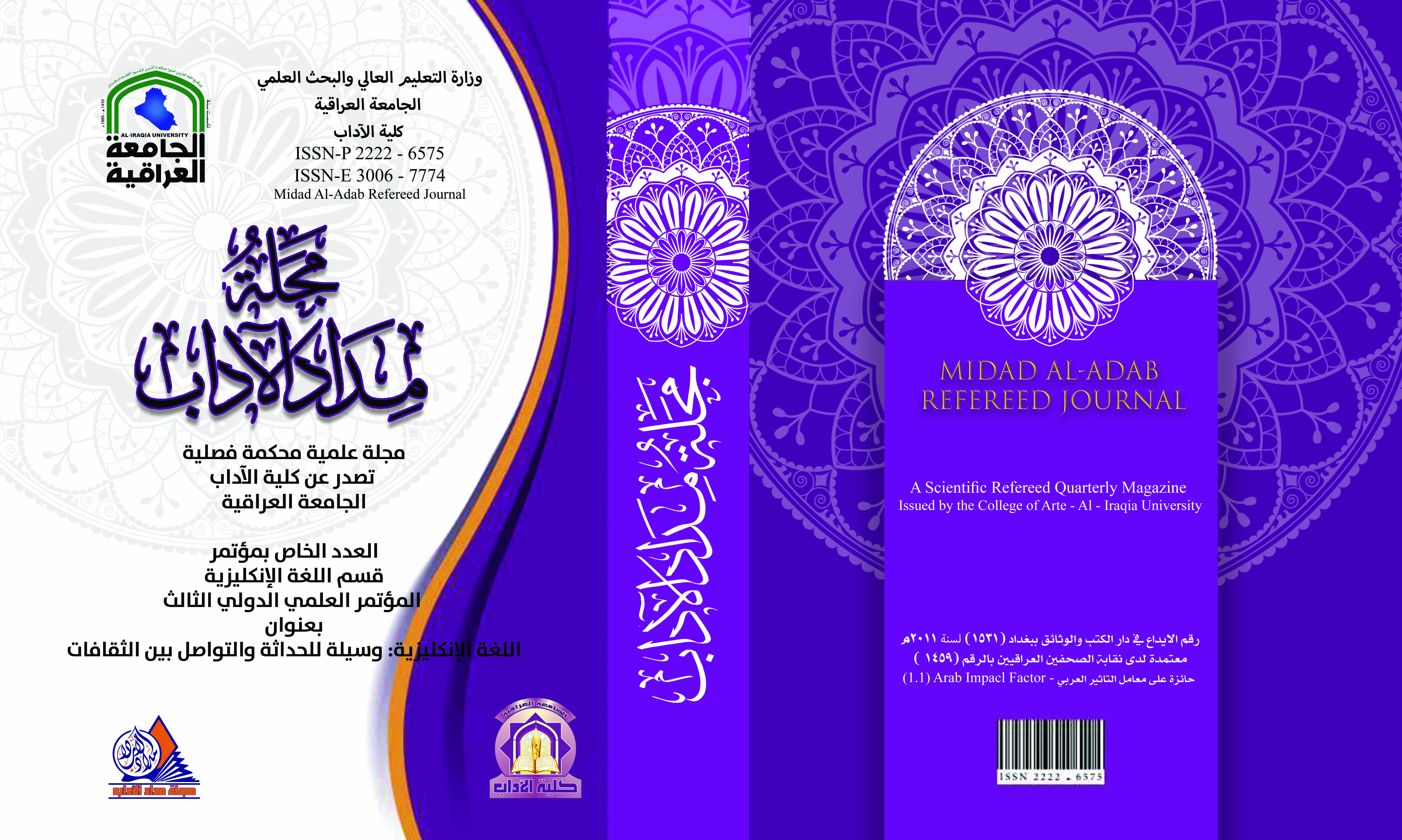The Portrayal of the Posthuman Self Through Narrative Techniques: A Comparative Analysis in Ishiguro's Klara and the Sun and Newitz's Autonomous
The Portrayal of the Posthuman Self Through Narrative Techniques: A Comparative Analysis in Ishiguro's Klara and the Sun and Newitz's Autonomous
DOI:
https://doi.org/10.58564/ma.v14iالعدد%20الخاص%20بمؤتمر%20قسم%20اللغة%20الإنكليزية.1303Keywords:
Keywords: Narrative Techniques, Posthuman Identity, Artificial Intelligence, Reader Perception, Comparative Analysis.Abstract
This study offers an in-depth analysis of narrative techniques in Kazuo Ishiguro's Klara and the Sun and Annalee Newitz's Autonomous, with the primary objective of investigating how these techniques shape the reader perceptions of Artificial Intelligence (AI) and posthuman identity. Employing a comparative approach, the paper reveals contrasting narrative strategies: Ishiguro's novel utilizes a singular perspective to evoke emotional engagement and personalize ethical considerations concerning AI, whereas Newitz employs multi-perspectival narration, provocative dialogue, and temporal fluidity to challenge conventional notions of autonomy and agency in posthuman entities. The findings indicate that narrative techniques serve not merely as storytelling devices but as potent tools that significantly influence the reader engagement due thematic depth. The analysis contributes to the scholarly discourse on posthuman literature by highlighting how differing narrative techniques can serve unique thematic and interpretative purposes. Future research may extend this work by incorporating a broader range of posthuman narratives or examining reader responses to deepen our understanding of this evolving genre.
Downloads
Published
Issue
Section
License

This work is licensed under a Creative Commons Attribution-NonCommercial-NoDerivatives 4.0 International License.








